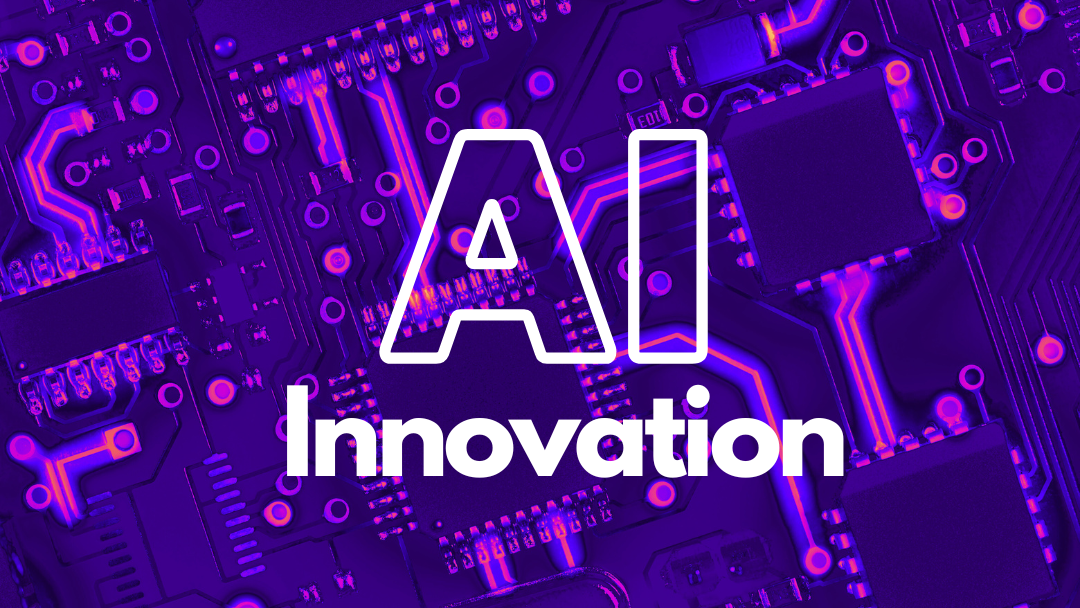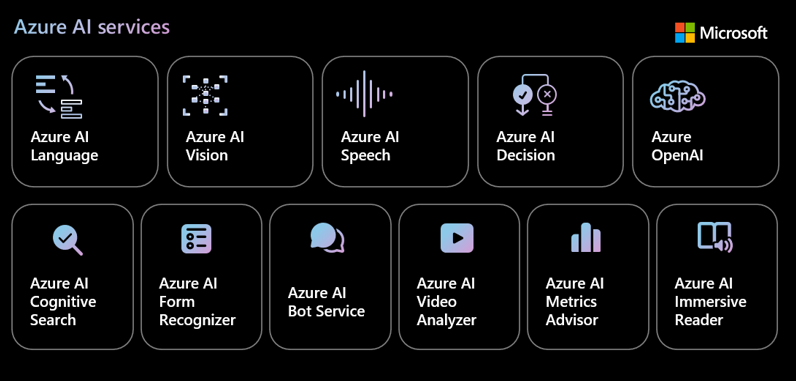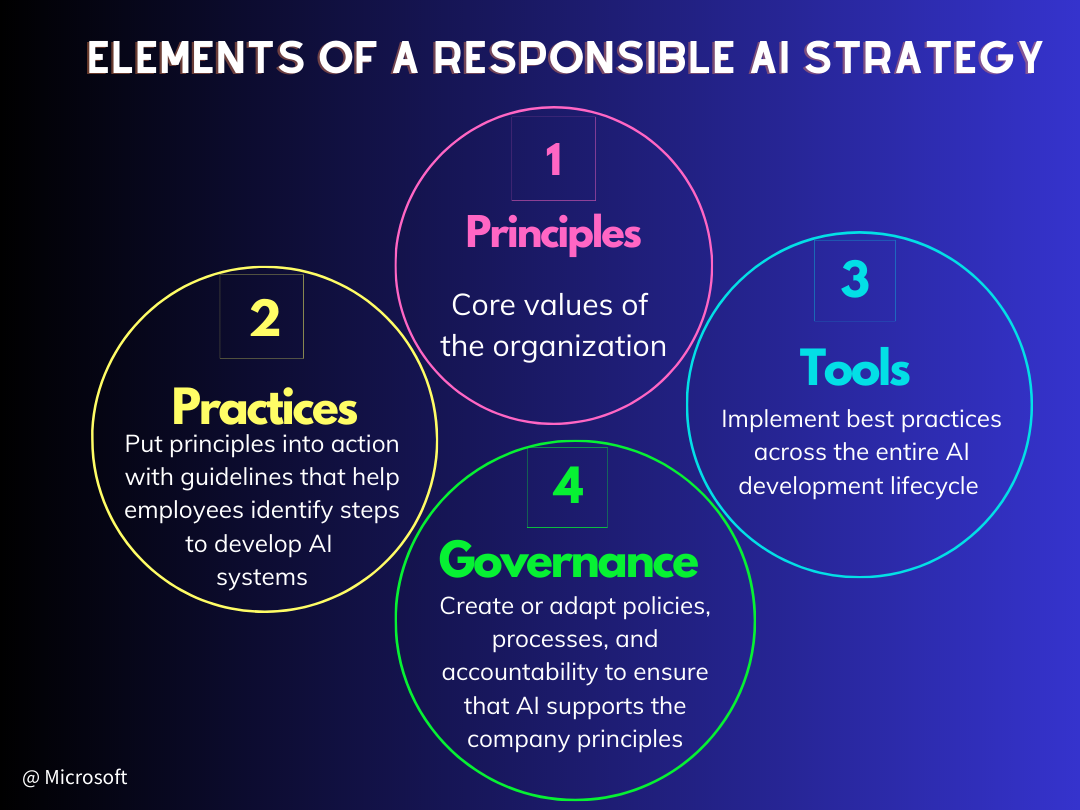AI & Web3: The Digital Revolution Every CEO Must Prepare For
May 20, 2025

AI and Web3 are no longer future techs, they’re reshaping industries. CEOs must act fast to integrate these tools or risk falling behind. Discover how to turn disruption into opportunity with innovative strategies and emerging digital models built for growth.
Introduction: A New Business Reality is Emerging
Imagine waking up one day to find that your industry has been completely reshaped not by a competitor, but by a new wave of digital transformation that you didn’t see coming. Sounds dramatic? Perhaps. But this is the reality many businesses face today as artificial intelligence (AI) and Web3 technologies redefine how value is created, exchanged, and captured.
For many CEOs, these concepts might seem like abstract buzzwords—far removed from the pressing realities of revenue growth, operational efficiency, and customer retention. Yet, ignoring these trends is no longer an option. The AI-powered, decentralized internet isn’t just the future; it’s happening now. The question is, will you harness it to future-proof your company, or will you be left playing catch-up?
At Escalate Group, we help mid-market enterprises and scale-ups navigate this complex transformation, integrating AI and blockchain technologies to create sustainable growth. This article is not about theory; it’s a call to action for CEOs who want to turn disruption into opportunity.
Chris Dixon’s Vision: A Decentralized, AI-Powered Internet
Chris Dixon, a leading investor at a16z, paints a compelling picture of the next evolution of the internet—one where AI and crypto (blockchain technology) converge to build a more open, decentralized, and intelligent digital economy.
Let’s break this down into key business implications:
1. AI & Crypto Synergy: These aren’t just separate technologies. AI is revolutionizing content, automation, and decision-making, while blockchain introduces trust, security, and decentralization.
Business Takeaway: Companies that leverage both can create new, more efficient customer experiences and business models. For example, SaaS companies can integrate blockchain-based smart contracts to automate subscriptions and ensure payment transparency, reducing churn and improving customer trust.
2. Decentralization: Instead of relying on Big Tech monopolies, blockchain enables direct interactions between businesses and customers.
Business Takeaway: Retail scale-ups can use blockchain to enhance supply chain transparency, reducing fraud and ensuring ethical sourcing.
3. New Economic Models: The old internet relied on ad-driven models. The next phase introduces token economies, smart contracts, and AI-generated marketplaces.
Business Takeaway: How can your business benefit from new monetization models that reward engagement and innovation? AI-driven marketplaces are already helping manufacturers optimize inventory and pricing strategies dynamically.
4. AI as the New Media: AI is transforming how content is created, curated, and consumed.
Business Takeaway: B2B companies can leverage AI-generated marketing campaigns that are verified on blockchain for authenticity, preventing fraud and enhancing brand trust.
Colin Tedards’ Cycle: Navigating the AI Investment Wave
If Dixon describes the ‘why’ of the future internet, investor Colin Tedards explains the ‘how’—specifically, the business cycle of AI adoption and investment. Understanding this cycle can help you position your company strategically.
Three Phases of AI Adoption:
1. Hardware (Current Phase): This is the foundational layer, with companies investing in AI infrastructure (GPUs, cloud computing, etc.).
CEO Consideration: Even if your business isn’t in the hardware industry, how will AI infrastructure impact your operations? Retailers and manufacturers should consider evaluating AI-driven logistics optimization to enhance efficiency and reduce costs.
2. Software & Infrastructure (Emerging Phase): AI models, platforms, and automation tools are becoming more accessible to businesses of all sizes.
CEO Consideration: What AI-powered software solutions can optimize your supply chain, customer service, or product innovation? Financial services firms, for instance, are using AI-powered fraud detection algorithms to mitigate risk.
3. Applications (Future Growth Phase): AI will become embedded in everyday business applications, transforming entire industries.
CEO Consideration: Have you begun planning for how AI will reshape your industry’s business model in the next five years? Companies adopting AI-driven predictive analytics now will be able to make smarter, faster decisions ahead of the competition.
Understanding where your business fits into this cycle will help you make smarter investments in AI and Web3 technologies before your competitors do.
Connecting the Dots: A CEO’s Action Plan
The key takeaway here is that AI and Web3 are not separate trends. They are converging to create a fundamentally new internet, one that is decentralized, intelligent, and more transparent.
For CEOs of mid-market enterprises and scale-ups, this means opportunities if you take action now.
Five Practical Steps to Future-Proof Your Business, considering ROI
1. Start Learning: Dedicate time to understanding the fundamentals of AI and blockchain. CEOs who invest in AI education and industry events experience a 20-30% improvement in their confidence in tech adoption.
2. Strategic Dialogue: Engage your leadership team in discussions about how these technologies could impact your industry. Companies that embed AI into strategic planning see a 10-15% increase in operational efficiency.
3. Pilot Projects: Start with small-scale AI or blockchain initiatives to gain practical experience. Businesses that launch AI pilots report 2- 5x ROI within 12-18 months.
4. Partnership Ecosystem: Identify strategic partners in the AI and Web3 space to accelerate innovation and drive growth. Firms that partner with AI/crypto startups experience 15% faster go-to-market times.
5. Long-Term Vision: Integrate future internet trends into your company’s strategic planning, not just as one-off initiatives. Eighty-five percent of digitally transformed companies outperform their competitors.
Final Thoughts: Embrace the Change, Seize the Future
The next wave of digital transformation is already here. AI and Web3 technologies are not futuristic concepts they are actively reshaping industries. The companies that recognize this shift and act decisively will gain a lasting competitive advantage.
At Escalate Group, we specialize in helping businesses like yours navigate this transition. Whether through strategic advisory, innovation sprints, or digital transformation workshops, we provide hands-on guidance to turn disruption into growth.
Conclusion:
AI and Web3 are not just buzzwords; they are actively driving competitive advantages across industries. Scale-ups that integrate AI see operational efficiencies improve by up to 40%, while those leveraging Web3 unlock new business models. The key question isn’t whether these technologies will impact your business, it’s whether you’ll act fast enough to benefit from them.



